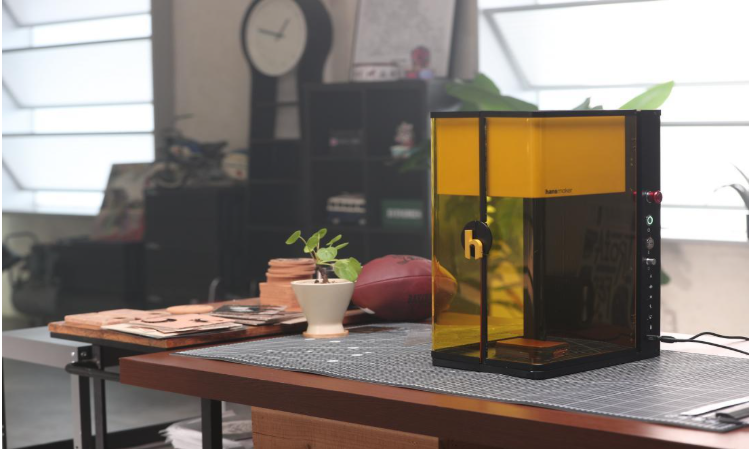
In today’s crypto environment, choosing a platform is not just about trading. It’s about safety, speed, and how the two often pull in opposite directions. As digital assets become more common, the gap between a fast interface and a secure one grows more visible.
Many users enter the market wanting results quickly. They register, skip detailed checks, and begin trading within minutes. The speed feels exciting. The layout responds well. Trades complete in seconds. But that fast onboarding process may come with trade-offs that don’t appear until something goes wrong.
Security features slow things down for a reason. A trusted cryptocurrency exchange will ask for ID, set withdrawal limits, and trigger alerts for suspicious behavior. These steps frustrate some users, especially those used to instant platforms. Yet, they protect both the account holder and the system.
Fast access sometimes comes at the cost of weak verification. A person might gain access with only an email address and no identity check. That setup makes onboarding easy, but if the platform experiences a breach or exit scam, users have few ways to recover funds. Trust erodes quickly when customer support disappears.
At the same time, not all secure platforms move slowly. Some have improved their onboarding flows and now combine strong checks with modern design. These exchanges run automated systems that verify documents quickly while maintaining strict controls. Traders still need to wait, but not for days. The delay now lasts minutes or hours not weeks.
Balance is rare, though. Most platforms lean toward one side. Some exchanges load pages fast and execute trades at near real-time speed, but they offer little clarity on where user data is stored or how withdrawals are protected. Others require multi-step login processes, enforce cool-down periods for new devices, and sometimes pause access during high-volume days.
Users need to decide what matters more to them. Is it speed for quick trading? Or deeper protection in case of unexpected events? The right decision depends on risk tolerance, trade size, and experience level. For casual users testing the waters, a faster setup might feel more appealing. For those holding larger amounts or using crypto for business, stronger controls often make more sense.
The reputation of a cryptocurrency exchange plays a key role. Platforms with strong track records usually publicize their security audits. They reveal how they store assets often in cold wallets and how they respond to attacks. These details build trust, especially for users who experienced losses on unreliable platforms in the past.
Speed, on the other hand, keeps people engaged. A platform that lags or crashes during volatile moments loses users quickly. Many traders now demand apps that sync with live prices, allow split-second execution, and respond well during market spikes. Exchanges that can’t keep up with this demand fall behind.
Still, newer traders sometimes mistake smooth interfaces for safety. A platform can look polished and perform well, yet still lack back-end protection. Appearance alone doesn’t guarantee reliability. In fact, some poorly secured platforms rely on good design to mask deeper flaws.
This is why more users now test platforms with small amounts first. They observe how long it takes to withdraw, how fast support replies, and how well the system handles sudden price shifts. These soft signals often reveal more than marketing pages or top app store rankings.
In the end, choosing a cryptocurrency exchange means accepting certain limits. Speed rarely comes with maximum protection, and security systems often ask for patience. But for users willing to weigh both sides, better options do exist.
The platforms that manage to offer clear safety protocols while maintaining efficient systems gain long-term users. Those that ignore one side of the equation risk becoming irrelevant.
As the market shifts, this balance becomes more urgent. Scams grow smarter. Systems face more pressure. And traders, new or experienced, have to decide what matters most before the next big move hits their screen.



